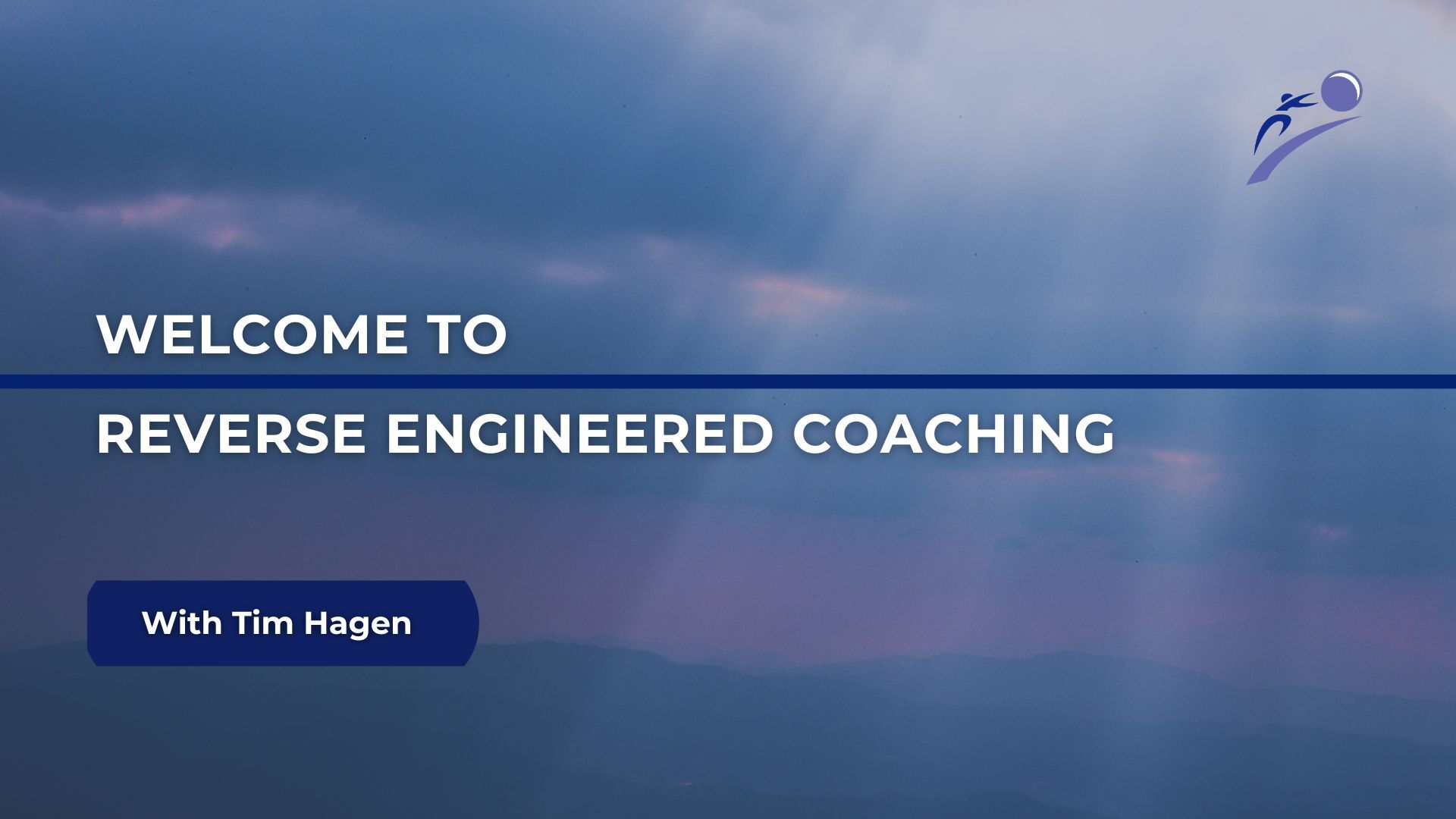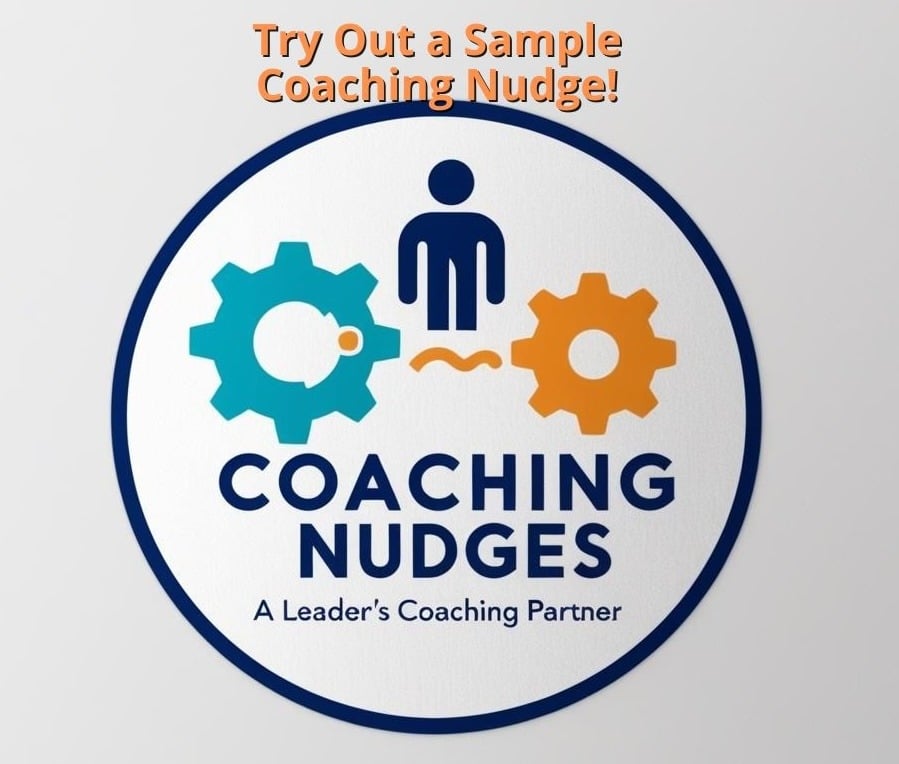We transform leadership qualities with this intriguing case study on workplace coaching with a tech-savvy twist. Melding human intuition with these latest technology advancements will leave you contemplating the future of personal development and just how far you can rise in your progress. Discover how a high 'D' personality, known for dominance on the DISC assessment, learned to embrace the collaborative spirit essential for leadership through a unique blend of coaching automation, personal reflection, and strategic interactions. How did they reshape their behavioral tendencies, not by force, but through a carefully orchestrated process? We appealed to their inner motivator: the aspiration to lead.
Learn how weekly videos, journaling exercises, and targeted leadership dialogues can systematically condition one's perspective and catalyze change from within. We expertly demonstrate that coaching should not aim to 'fix,' but rather to empower individuals to seek improvement on their terms, using a blend of AI and human insight to fast-track talent development and foster authentic behavioral shifts. It's easier than you think.
I'm often asked the question, "How do you use technology with coaching? What's the core objective?"
We have to go back to the core objective of putting things in people's minds, delivering information, content, video, thoughts, quotes, etc. to facilitate the choice to change in the direction they want to go. For example, let's take somebody who wants to become a future leader. Let's just say they're a high D in the DISC assessment: they're dominant, they talk over people, they're aggressive and assertive. These are good attributes in many circumstances and certainly some countering attributes. If this person gets promoted, they really need to develop better relationships as a good teammate with their present team so they can be viewed as a viable candidate for future leadership positions. That can be very daunting because you're asking a D, a behavioral tendency to be dominant, to pull back a little bit.
One of the things we did with somebody who had these traits is we sent them weekly videos on great teamwork and collaboration. Then she'd have to write her interpretation of the video and what she thought. We could tell during the first 3-4 weeks this person just hated it. She felt it was a waste of time and had no relevance to her job. Her responses to the videos were very jaded and negative.
We also had her journal every week about what she observed of people on the team who were really good teammates and why. She had to write down specific things that they did. During this whole process, we were training her eye. We were training her to be conditioned to acknowledge the good things on the team.
Simultaneously, we asked her leader to only praise her during this process. That positive reinforcement was important to the process.
During the first month, she was angry. She thought it was dumb and had nothing to do with work. Think about that statement. Getting along with your teammates has nothing to do with work?
What she saw wasn't wrong in a tactical sense in trying to help her get what she wanted (a leadership position), yet her behavior countered what she wanted.
Her leader would ask her things like, "When you saw Bob do XYZ last week, did you praise him publicly?" When she replied no, he returned, "What if you become Bob's boss someday and you did praise him... would he reject or accept your leadership more?"
At about weeks 5-8, we could start to see some improvement in her responses. They were less jaded. She would answer questions with more non-committal or neutral tones. For example, "Yeah, he'd probably be more receptive, maybe not entirely." Many of her replies were conditional.
At around week 10, everyone could see the acceleration. She was laughing with her teammates, getting along better with them, and improving collaboration.
This was all through coaching automation. Every week, we sent a video, and she would journal. Then she would journal observations of other people. Once every two weeks, the leader would call her and say, "I want you to meet with one person on the team and, in the spirit of you becoming a great leader, I want you to find out what their goals are and where they want to take their careers. Because when you know that information, you're going to be in a better position as a first-time leader to build collaboration and cooperation." I promise you, as a leader, you're going to dramatically need those skills.
Essentially, we tied the teamwork action to this person becoming a leader. Her strongest motivator.
Here's the lesson we fueled in her mind positively. We prompted her--through reflection, journaling, and observation--to see the good things. Then we had her engage with people and tied it to her motivator, her goal of becoming a future leader, which is the WIIFT-- What's In It For Them. Over time the person started to accelerate their change.
Does she still exhibit a few negative tendencies from before? Of course, she does; we're all human. But she drastically improved her mindset from when she started. Even her teammates and employer agree.
When you combine all of these coaching automation methods and different techniques, it's crucial to be strategic and aligned. The objective of coaching is to gain perspective and give people a choice to change and improve. It doesn't mean fixing things. It's not always about fixing bad things.
If you combine it with AI in a strategic and aligned way--with reflection, good leadership, coaching, and automation--you can accelerate talent development faster than you'd ever expect.
Want to boost your coaching and leadership game? We're offering a FREE COURSE to help leaders enhance their coaching abilities with
Lead with Impact: 6 Steps to Building a High-Performance Coaching Culture in Your Organization
This is a 7-day course with video lessons sent to your email throughout the week. You can watch the recorded lessons on your own time at your own pace.
Discover:
-
The best attributes of coaching
-
An efficient framework for coaching
-
The crucial tiers of learning
-
The 3 levels of change
-
The power of questions
-
and more!
Access the free course here: https://upvir.al/156009/lp156009





